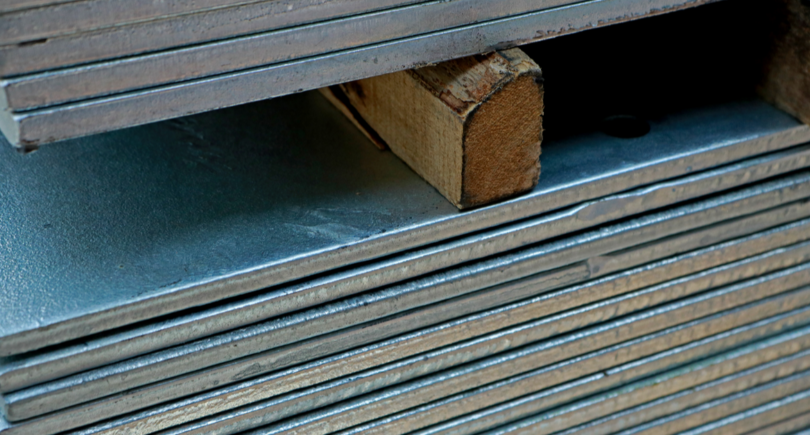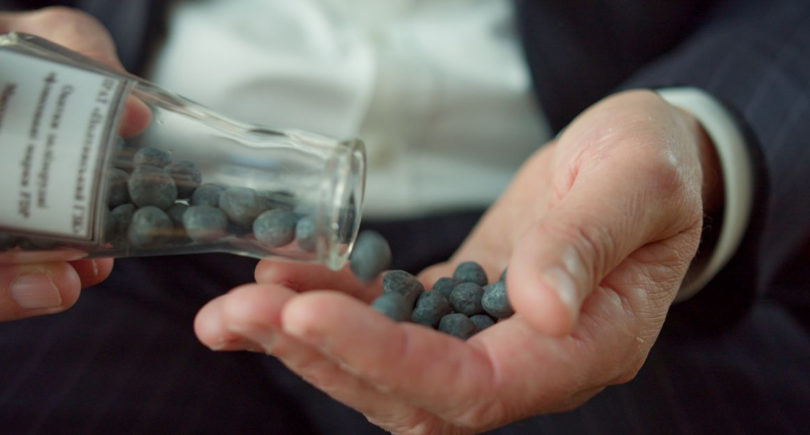
News Industry blast furnance production 999 02 July 2024
Some steel plants have started maintenance of large blast furnaces
On June 21-27, China’s blast furnace capacity utilization rate among 247 Chinese steelmakers was 89.13%, down 0.63 percentage points from the previous week. This is evidenced by data from Mysteel.
Daily pig iron production in the period decreased by 0.2% compared to the previous week, averaging 2.39 million tons per day.
Some steel mills in the east, north, northeast and center of the country have started maintenance of large blast furnaces. At the same time, the continuous decline in domestic steel prices continued to erode profit margins.
As of June 27, only about 43% of the 247 mills using blast furnaces could make some profit from steel sales, down 9 percentage points from the previous week.
On the other hand, the average level of operating activity among these enterprises on June 21-27 increased by 0.3 percentage points compared to the previous week, to 83.11%. Some steel mills returned blast furnaces with relatively low production capacity to operation after maintenance.
As pig iron production declined, the daily consumption of imported iron ore at these enterprises decreased by 8 thousand tons per day, or 0.3% for the week, averaging 2.93 million tons per day.
The decline in profitability has also made Chinese steelmakers more cautious about replenishing their raw material stocks. As of June 27, the total stocks of imported iron ore stored at 247 plants fell to 91.4 million tons, or 0.8%, over the week. This is enough for 31.2 days at the current level of utilization.
As GMK Center reported earlier, Chinese provinces are discussing targets to reduce steel production. Fujian has already announced a 3.5 million tonne reduction in production for 2024. Other regions are constantly updating their targets.




